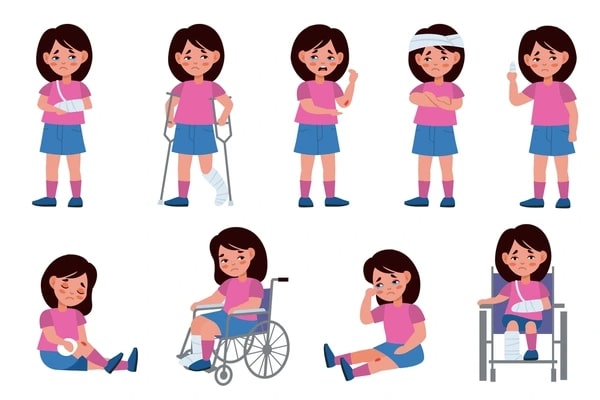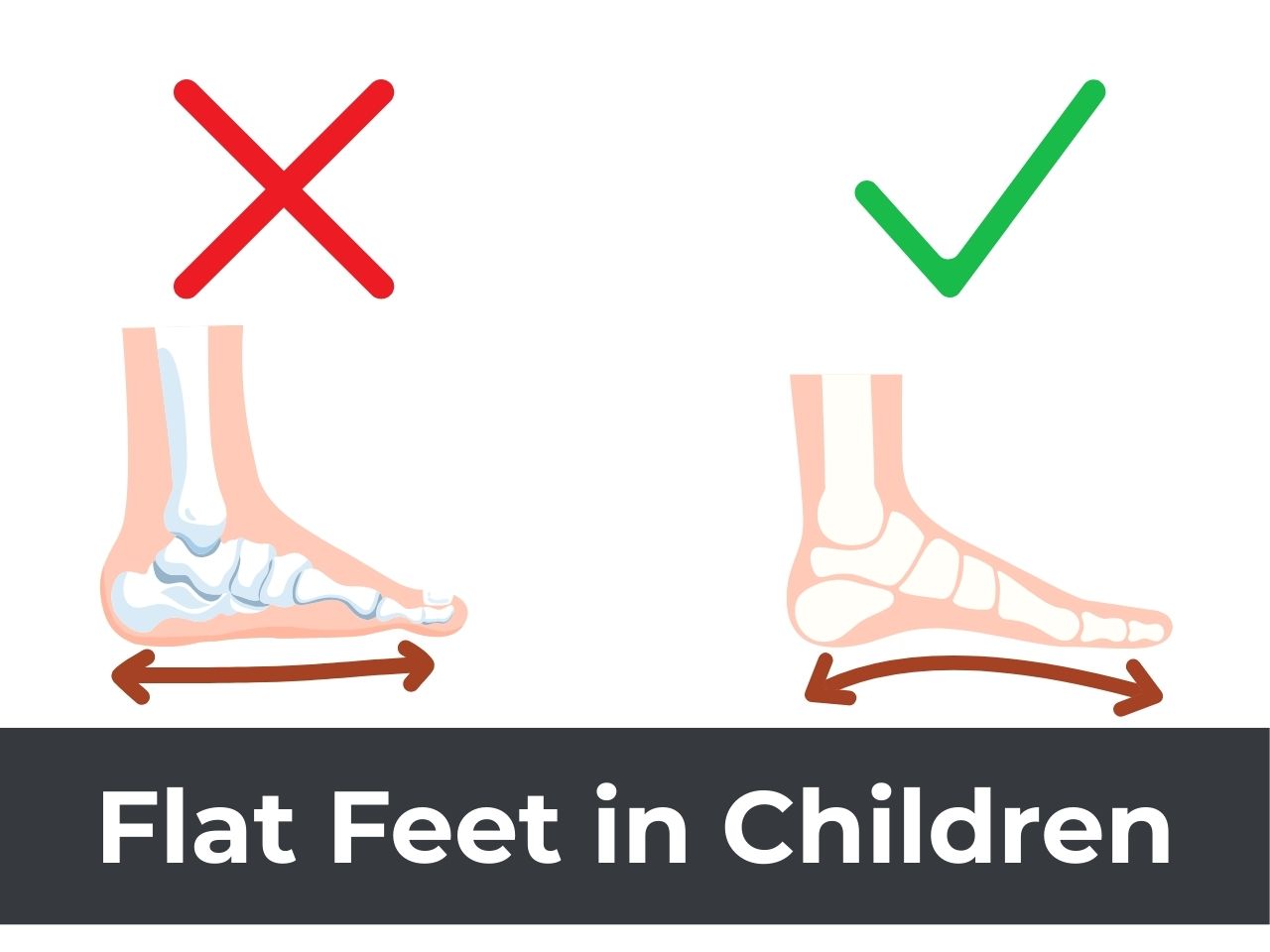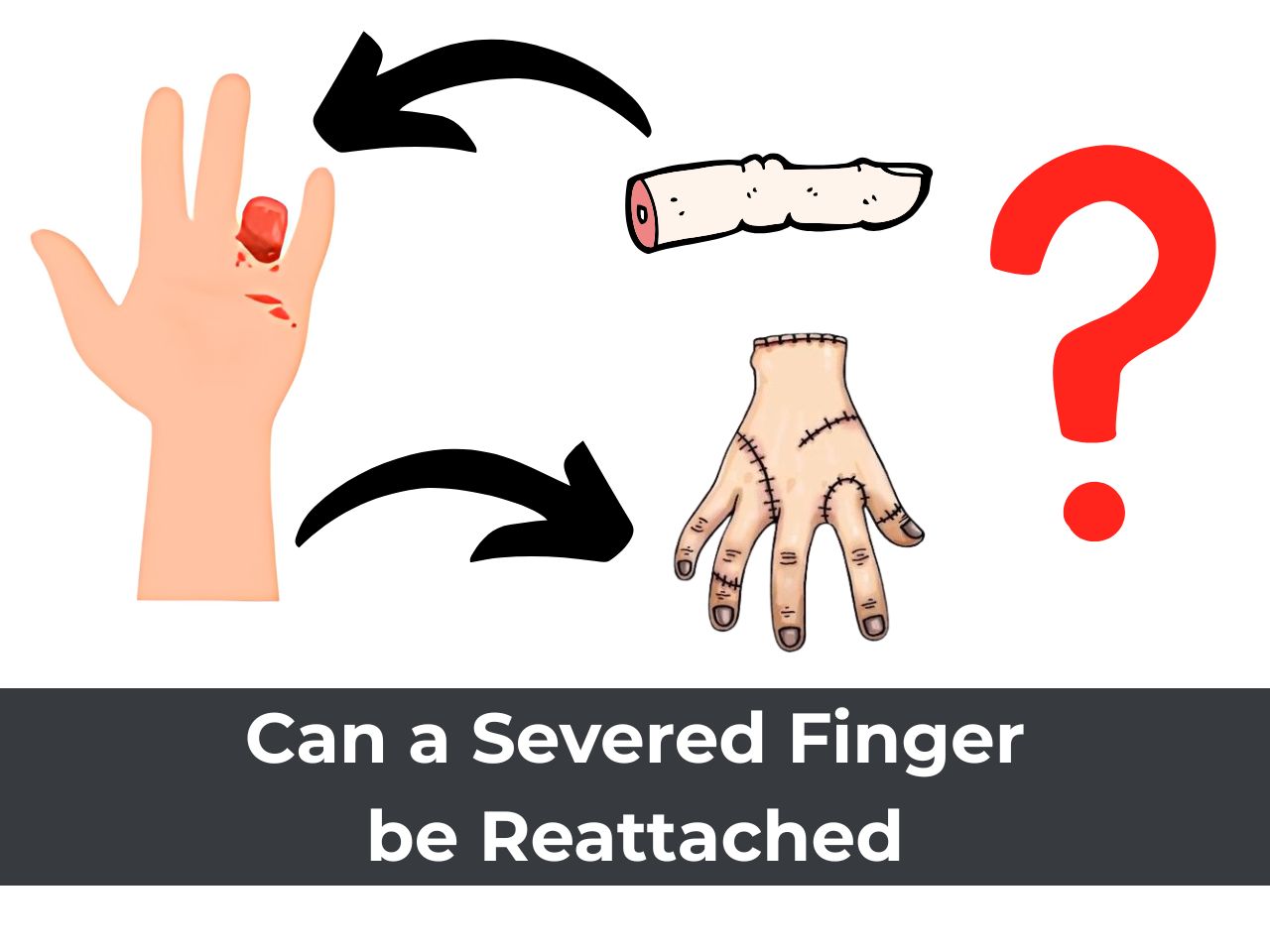Joint replacement surgery has seen tremendous advancements over the years, with technology playing a crucial role in improving outcomes and patient recovery.
One such cutting-edge innovation is Augmented Reality (AR), a technology that is transforming the way surgeons’ approach joint replacement procedures.
By blending real-time data with a surgeon’s field of vision, AR technology enhances precision and visualization, making joint replacement surgeries more accurate and efficient. In this article, we’ll explore how Augmented Reality in Joint Replacement Surgery is revolutionizing the field and improving both patient and surgeon experiences.
What is Augmented Reality Technology?
Augmented Reality (AR) is a technology that superimposes digital content, such as 3D models or data, onto the real world through devices like glasses or headsets.
Unlike Virtual Reality (VR), which immerses users in a completely virtual environment, AR enhances the real-world view with additional information. This added layer of information has proven invaluable in fields like medicine, where real-time visualization and precision are paramount.
How Does AR Technology Work in Surgery?
In joint replacement surgery, AR technology allows surgeons to visualize a patient’s anatomy in greater detail. By using AR glasses or specialized displays, surgeons can see 3D reconstructions of the patient’s bones, joints, and tissues superimposed over their real-world view.
For example, during knee or hip replacement surgery, AR can integrate data from CT scans or MRIs to provide surgeons with a precise roadmap. This enhanced visualization allows surgeons to make more informed decisions, leading to more accurate cuts, better alignment of implants, and improved overall outcomes.
The Role of Augmented Reality in Joint Replacement Surgery
The use of Augmented Reality technology for joint replacement has gained momentum due to its ability to improve surgical precision and enhance patient outcomes. Below are some of the key roles AR plays in this field.
Enhancing Surgical Precision
One of the biggest advantages of AR technology is its ability to improve surgical precision. AR gives surgeons a better view of the patient’s anatomy, including hidden structures like bones and ligaments. This real-time feedback reduces the risk of mistakes and helps ensure that the joint replacement is perfectly aligned.
Improved Visualization of Patient Anatomy
With AR, surgeons can see highly detailed, three-dimensional representations of a patient’s joint, overlaid onto their actual body. This allows for better visualization of bones, cartilage, and other key structures. Traditional imaging techniques can only provide a limited view, but AR provides a dynamic, real-time look, making surgeries less invasive and more effective.
Reducing Invasiveness
AR technology allows for minimally invasive surgery, meaning smaller incisions and less disruption to the body. Surgeons can use AR to guide their tools with more precision, avoiding unnecessary damage to surrounding tissues. This results in less scarring, reduced recovery times, and lower risk of complications.
Benefits of Augmented Reality Technology for Joint Replacement Surgeons and Patients
The adoption of Augmented Reality in Joint Replacement Surgery offers a range of benefits to both surgeons and patients, making it a revolutionary tool in modern medicine.
Advantages for Surgeons
- Increased Accuracy: With real-time data from AR technology, surgeons can achieve higher levels of precision in placing implants and making incisions. This reduces the risk of misalignment, which is one of the common causes of joint replacement revision surgeries.
- Shortened Operating Times: By providing real-time feedback and precise guidance, augmented reality surgery can reduce the time spent in the operating room, as there’s less need for manual adjustments or guesswork.
- Better Training and Guidance: AR can also be used for teaching purposes, allowing novice surgeons to practice and perform joint replacement surgeries with the help of real-time guidance from AR systems.
Benefits for Patients
- Faster Recovery: Because AR allows for minimally invasive procedures, patients experience less trauma to their tissues, leading to faster recovery times.
- Lower Risk of Complications: The increased precision offered by AR technology reduces the risk of complications such as implant misalignment, ensuring a more successful and long-lasting result.
- Improved Surgical Outcomes: Patients benefit from more accurate implant placement, which leads to better joint functionality, reduced pain, and improved mobility post-surgery.
Case Studies: Success Stories of AR in Joint Replacement Surgery
Numerous hospitals and orthopedic centers across the globe have successfully integrated AR technology into joint replacement surgeries. For example:
In Sweden, a pioneering team of surgeons used AR glasses to successfully perform a total knee replacement, achieving near-perfect alignment and reducing operating time by over 30%.
A hospital in California utilized AR technology to assist in hip replacement surgeries, demonstrating a significant decrease in the number of postoperative complications and improved patient satisfaction.
These success stories underline the potential of Augmented Reality in Joint Replacement Surgery to transform patient care.
Future of Augmented Reality in Joint Replacement Surgery
The future of AR technology in joint replacement surgery looks promising, with ongoing advancements in AI, machine learning, and robotics further enhancing AR capabilities. In the coming years, AR could become an integral part of routine orthopedic procedures, making surgeries more precise, faster, and safer.
Why Choose Pinnacle Orthocentre Hospital for AR-Assisted Joint Replacement Surgery?
At Pinnacle Orthocentre Hospital, we pride ourselves on being at the forefront of technological innovation in orthopedic surgery. Our team of expert joint replacement surgeons in Thane is highly skilled in using Augmented Reality technology to provide patients with the best possible outcomes.
Expertise in Knee Replacement Surgery
Our hospital is home to some of the best knee replacement surgeons in Thane, who have extensive experience in performing AR-assisted surgeries. With our focus on precision, patient care, and the latest technologies, you can trust Pinnacle Orthocentre for all your joint replacement needs.
Conclusion
Augmented Reality in Joint Replacement Surgery is revolutionizing the way joint replacement procedures are performed. By enhancing precision, improving visualization, and reducing invasiveness, AR technology is paving the way for better surgical outcomes and faster patient recovery.
If you’re considering joint replacement surgery, consult the experts at Pinnacle Orthocentre Hospital to explore how AR-assisted surgery can benefit you.






0 Comments